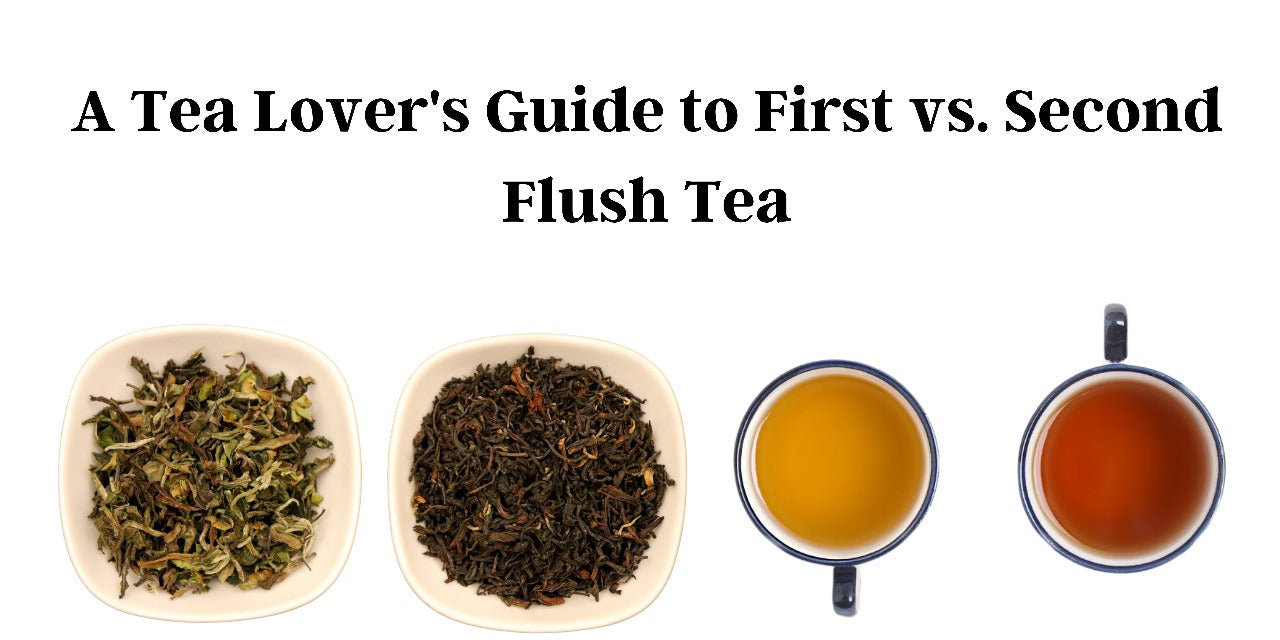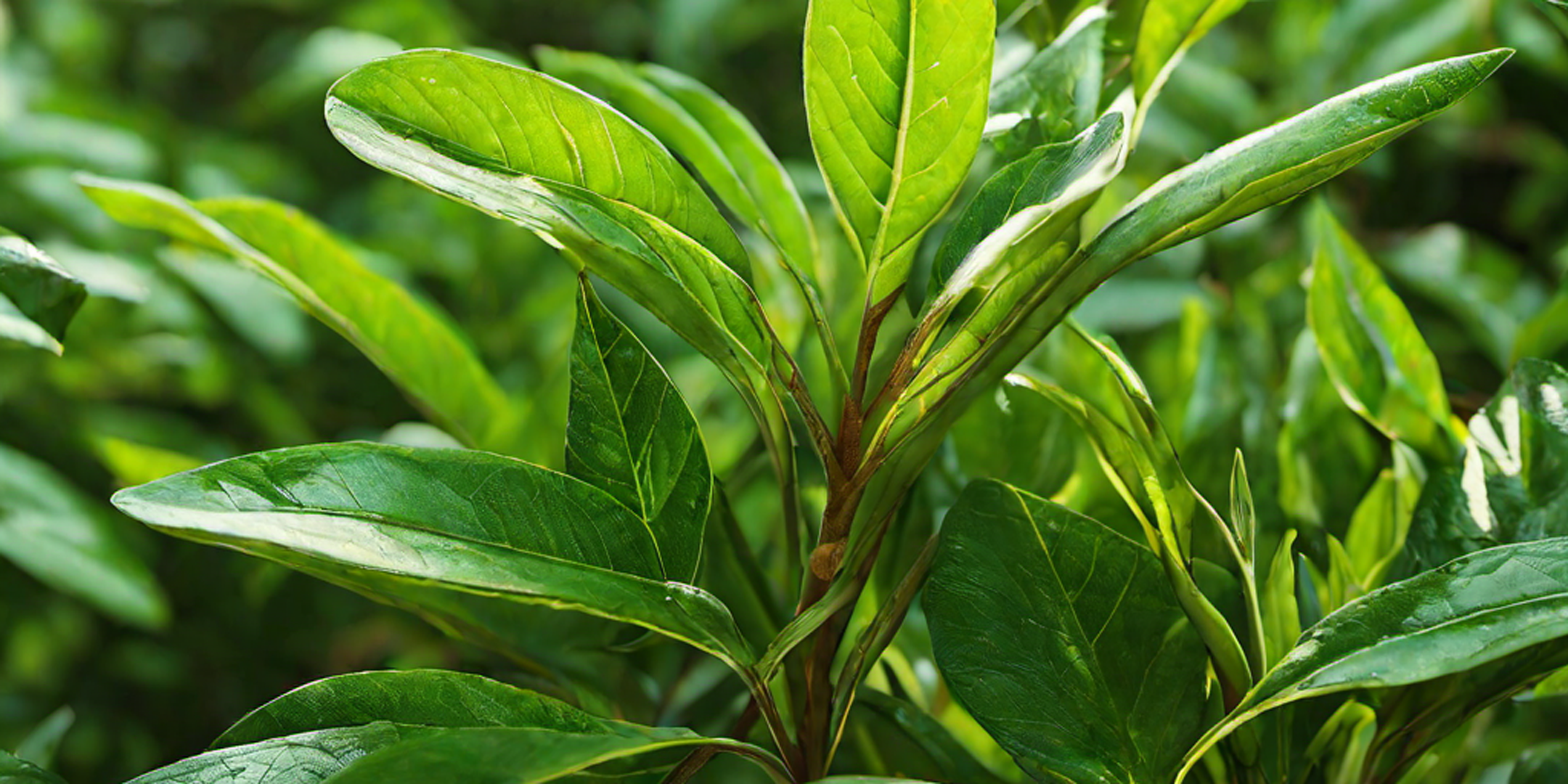1. Introduction
Tea has been enjoyed for centuries and is one of the most popular and widely consumed beverages in the world. From its origins in ancient China to its spread throughout Asia and eventually the rest of the world, tea has a rich history and a unique art to its making process. The process of tea making involves several steps, from harvesting and processing the leaves to brewing and serving the perfect cup. In this blog, we will explore the art of tea making and delve into the various techniques and traditions that make each cup of tea a delightful experience.
2. The importance of understanding the tea making process
Understanding the tea making process is crucial for tea enthusiasts and professionals alike. It allows us to appreciate the intricacies and complexities involved in creating a perfect cup of tea. By understanding each step, we can make informed choices when it comes to selecting the right tea leaves, brewing methods, and serving techniques.
Furthermore, understanding the tea making process enables us to fully experience the unique flavors, aromas, and textures that different types of tea have to offer. It opens up a whole new world of exploration and appreciation for this ancient beverage. So whether you are a casual tea drinker or a passionate connoisseur, taking the time to understand the art of tea making will undoubtedly enhance your tea-drinking experience and deepen your connection with this timeless tradition.
3. The art of selecting the finest tea leaves
When it comes to the art of tea making, selecting the finest tea leaves is an essential step in achieving a flavorful and satisfying cup of tea. The quality and characteristics of the leaves play a significant role in determining the taste, aroma, and overall experience of the tea.
There are several factors to consider when selecting tea leaves. First and foremost, the origin of the tea leaves is crucial. Different regions produce teas with distinct flavors and profiles, so it's important to explore and experiment with teas from various origins to find the ones that suit your preferences.
In addition to origin, the plucking standards and processing methods also contribute to the quality of the tea leaves. Hand-plucked leaves, for example, are often considered superior to machine-harvested ones as they tend to have better quality and flavor. Furthermore, the processing techniques, such as withering, oxidation, and firing, greatly influence the taste and aroma of the tea.
To fully appreciate the art of selecting tea leaves, it's beneficial to develop your palate and fine-tune your taste buds. This can be achieved through tea tasting sessions and training your senses to detect the subtle nuances in tea flavors.
By understanding and exploring the art of selecting the finest tea leaves, you can elevate your tea-making experience to new heights. The time and effort put into this process will undoubtedly be rewarded with exceptional teas that delight the senses and leave a lasting impression. Stay tuned for our next section, where we will dive into the art of brewing tea to perfection.
4. The role of water temperature in tea making
Once you have carefully selected the finest tea leaves, it's time to dive into the next crucial step of the art of tea making: getting the water temperature just right. Believe it or not, the temperature of the water plays a significant role in determining the flavor and aroma of your cup of tea.
Different types of tea require different water temperatures to extract their optimal flavors. Brewing green tea, for example, requires a lower temperature than black tea or oolong tea. Using water that is too hot can result in a bitter and astringent brew, while using water that is too cool may leave you with a weak and lackluster tea.
To achieve the perfect water temperature, it's recommended to invest in a good quality kettle with adjustable temperature settings. This will allow you to heat the water to the precise temperature needed for the type of tea you are brewing. If you don't have a kettle with temperature control, you can also use a thermometer to measure the water temperature.
When brewing delicate teas such as green or white tea, the water temperature should generally be between 160°F and 180°F (70°C-82°C). Black and oolong teas, on the other hand, usually fare better with water temperatures around 200°F (93°C).
By paying attention to the water temperature during the brewing process, you can unleash the full potential of your tea leaves and enjoy a cup of tea that is perfectly balanced, flavorful, and aromatic. So, don't underestimate the role of water temperature in the art of tea making. In the next section, we will explore the importance of brewing time and techniques to further enhance your tea experience. Stay tuned!
5. Techniques for brewing the perfect cup of tea
In the art of tea making, mastering the techniques for brewing is just as important as selecting the right tea leaves and adjusting the water temperature. The brewing time and method can greatly impact the flavor, strength, and overall experience of your cup of tea.
Different teas require different brewing times. Generally, black teas need to steep for 3-5 minutes, while green and white teas are best brewed for 1-3 minutes. Herbal teas or tisanes, on the other hand, can be steeped for longer periods to extract their full flavors.
To ensure consistent results, it's a good idea to use a timer when brewing your tea. This way, you can have precise control over the steeping time and avoid over-extraction, which can result in a bitter taste.
Another technique to consider is the way you pour the hot water over the tea leaves. Pouring the water directly onto the leaves and allowing them to steep freely is known as the "Western method." Alternatively, the "Gongfu method" involves multiple short infusions with smaller amounts of water, typically used for high-quality teas to fully bring out their complex flavors.
Experimenting with different brewing techniques can be a delightful way to explore the nuances and characteristics of different teas. It allows you to personalize your tea experience and find your ideal brewing style.
In the next section, we will explore the final crucial step in the art of tea making: the art of serving and enjoying your cup of tea. Join us as we uncover the secrets of creating a truly immersive and satisfying tea-drinking ritual. Stay tuned!
6. The significance of proper steeping time
Proper steeping time plays a significant role in the art of tea making. It determines the flavor profile, strength, and overall experience of your cup of tea. Steeping time varies depending on the type of tea you are brewing.
For black teas, a steeping time of 3-5 minutes is recommended. Letting the flavors fully develop makes the tea taste better. Green and white teas, on the other hand, require a shorter steeping time of 1-3 minutes. Herbal teas and tisanes, with their abundance of botanical ingredients, can be steeped for longer periods to extract their full flavors.
To ensure consistent results, use a timer when brewing your tea. This will help you have precise control over the steeping time and avoid over-extraction, which can result in a bitter taste.
In the following section, we will discuss the importance of water temperature and its impact on the tea brewing process. Join us as we delve into the art of controlling the element that brings the tea to life.
7. Enhancing the tea experience with complementary flavors
In addition to steeping time, another aspect that can elevate your tea experience is the addition of complementary flavors. By pairing your tea with certain foods or ingredients, you can create a harmonious and balanced combination that enhances the flavors of both.
For example, pairing a bold and robust black tea with a slice of dark chocolate can enhance the tea's richness and bring out its inherent sweetness. Matcha, a vibrant and earthy green tea, can be elevated by pairing it with a delicate pastry or a piece of fruit that complements its grassy notes.
Experimenting with different flavor pairings can be both fun and rewarding. Get creative and explore unique flavor combinations. You may discover a new favorite tea pairing that brings your tea experience to a whole new level.
Stay tuned for our upcoming blog section where we will explore some popular tea and flavor pairings to inspire your taste buds.
8. Aesthetic presentation for a visually pleasing tea experience
Apart from the flavors and ingredients, the aesthetics of your tea presentation can also enhance your overall tea experience. Taking the time to create a visually pleasing setting can make your tea ritual more enjoyable and relaxing.
Consider the teaware you use, such as teapots, teacups, and saucers. Opt for elegant and beautiful designs that match your personal style. Traditional Chinese or Japanese teaware with intricate patterns or minimalist Scandinavian designs can add a touch of sophistication to your tea-making process.
Additionally, pay attention to the presentation of your tea itself. Serve it in clear glass teacups to showcase the color and clarity of the brewed tea. Garnish your tea with fresh herbs, edible flowers, or citrus slices to add a pop of vibrant color to your cup.
By paying attention to the aesthetics of your tea presentation, you can create a truly immersive and visually appealing tea experience that delights all your senses. Stay tuned for our next blog section, where we will delve into the details of creating a visually stunning tea presentation.
10. The art of tea making as a form of mindfulness and relaxation
The art of tea making goes far beyond the simple act of boiling water and steeping tea leaves. It can truly be a form of mindfulness and relaxation.
Preparing tea requires focus and attention to detail, from selecting the perfect tea leaves to steeping them at the correct temperature for the optimal amount of time. This process forces us to slow down and be fully present in the moment.
As we engage in the ritual of tea making, we can let go of the stresses and worries of the day. The aroma that fills the room and the warm cup in our hands provide a sensory experience that can help us relax and unwind.
Taking the time to savor each sip of tea can be a meditative practice, allowing us to fully appreciate the flavors and aromas. This mindful approach to tea drinking can promote a sense of calm and tranquility.
In the next section, we will delve deeper into the connection between tea making and mindfulness, and provide tips on how to incorporate this practice into your daily routine.




